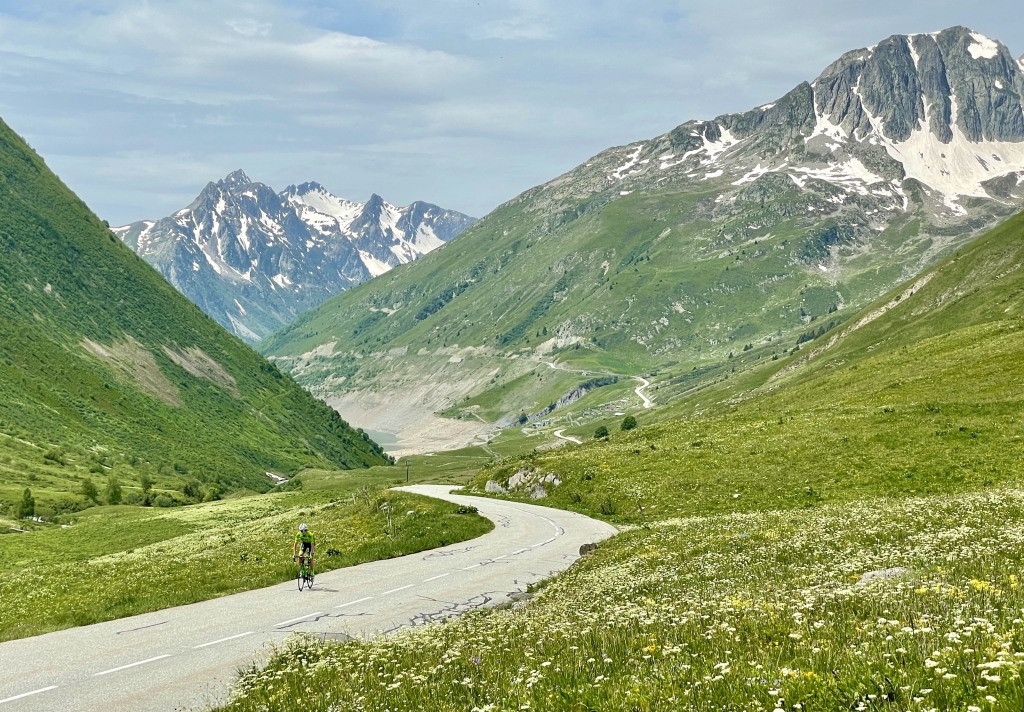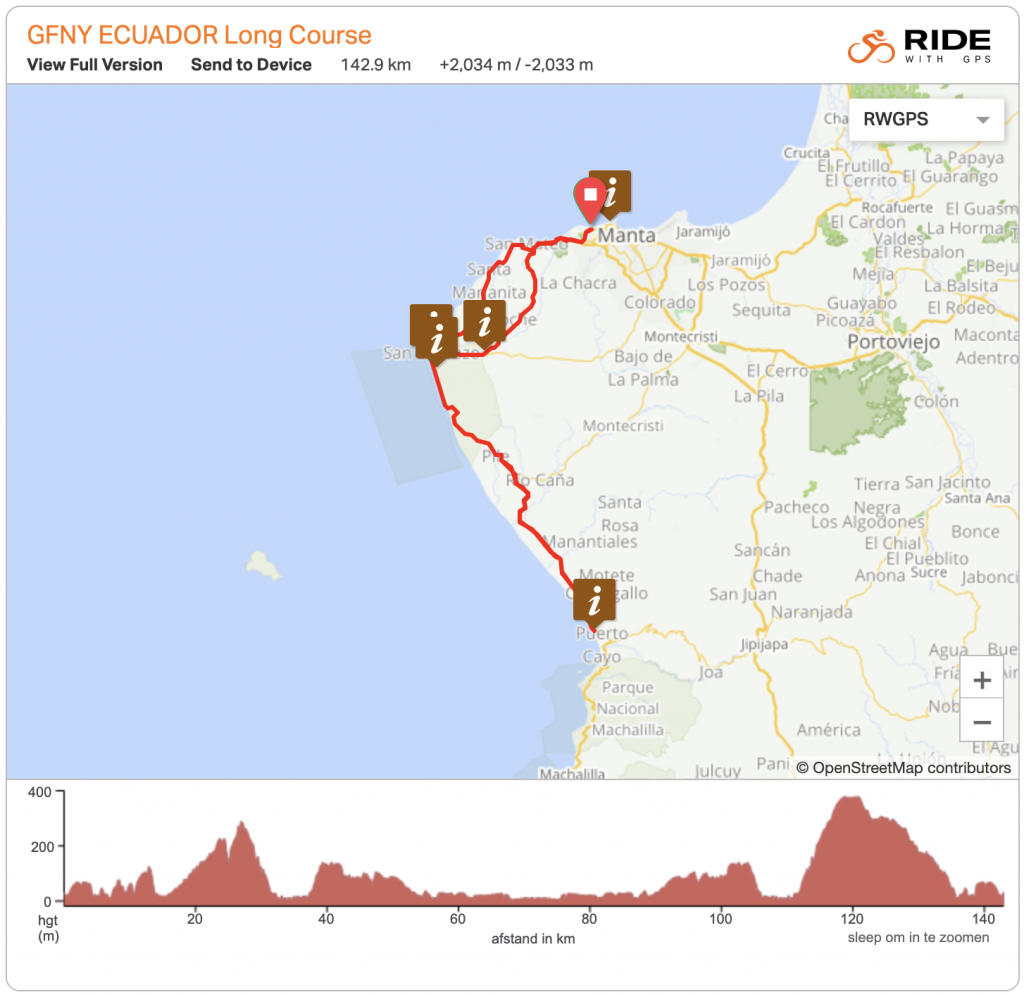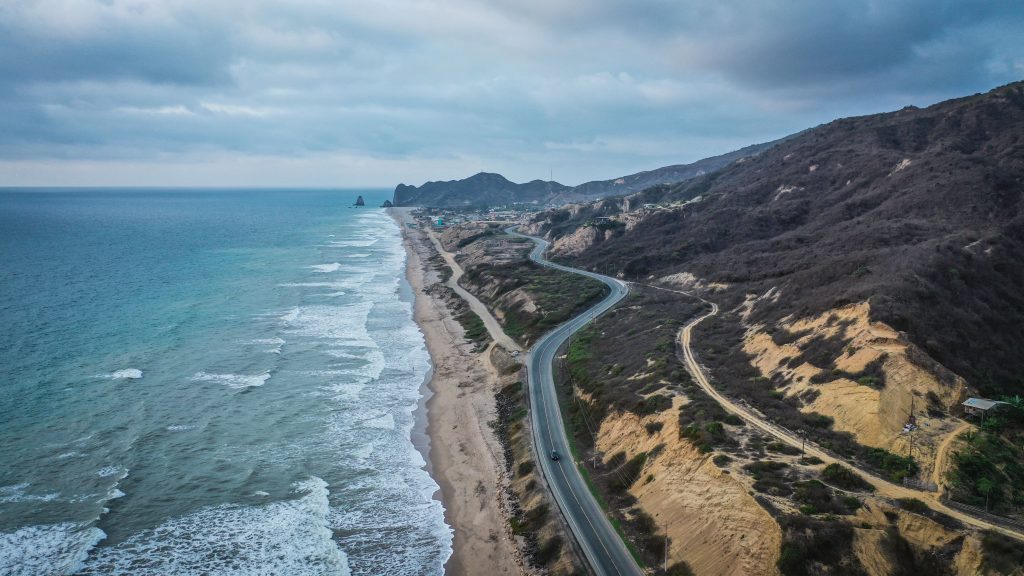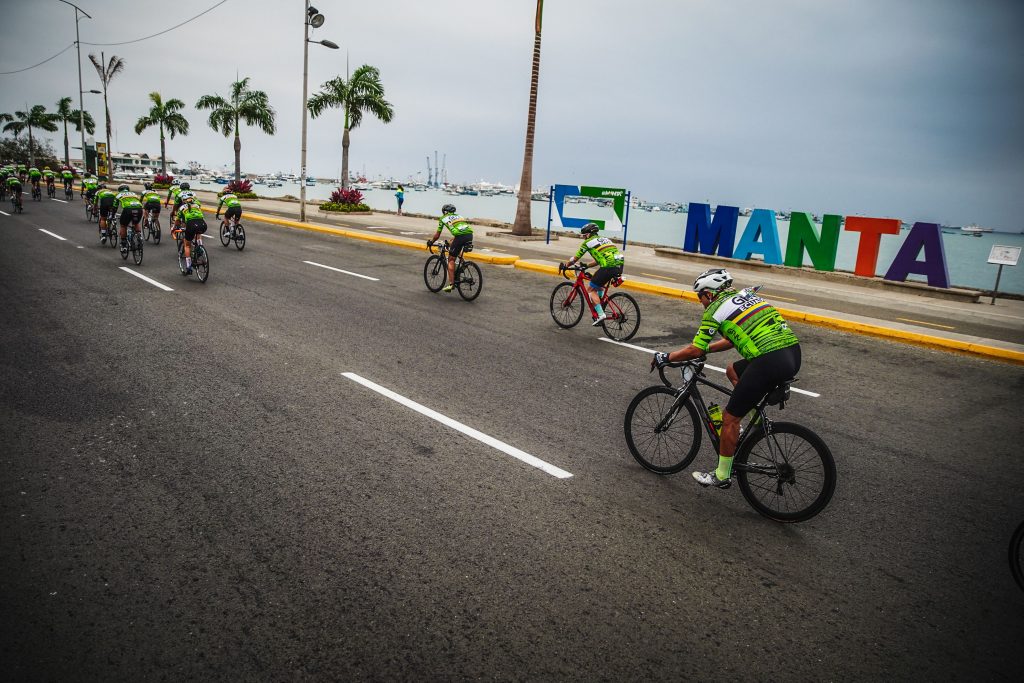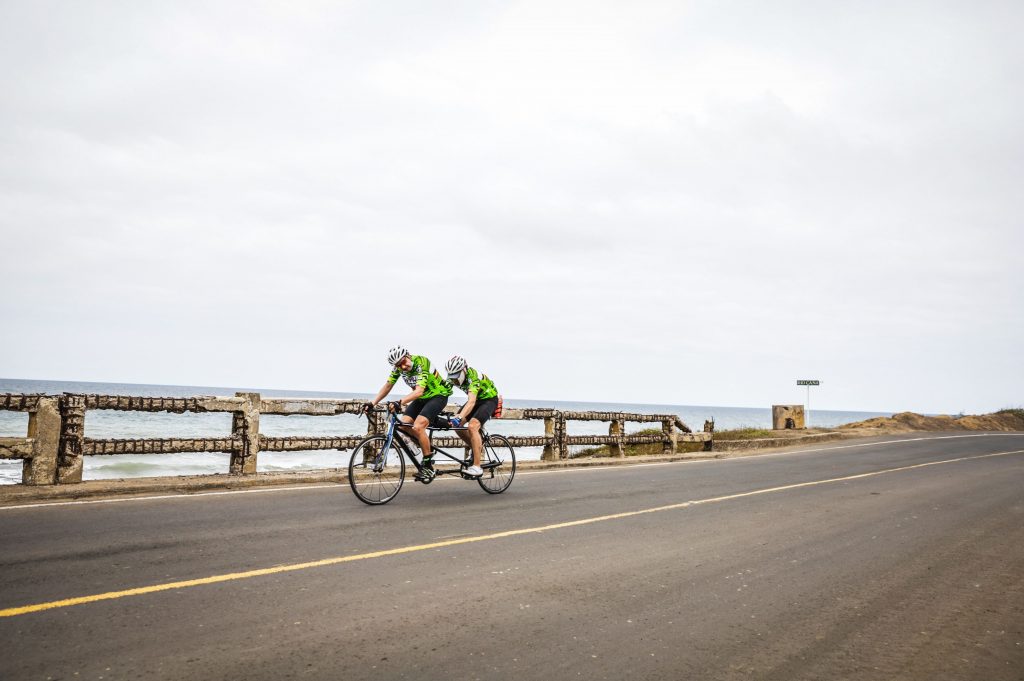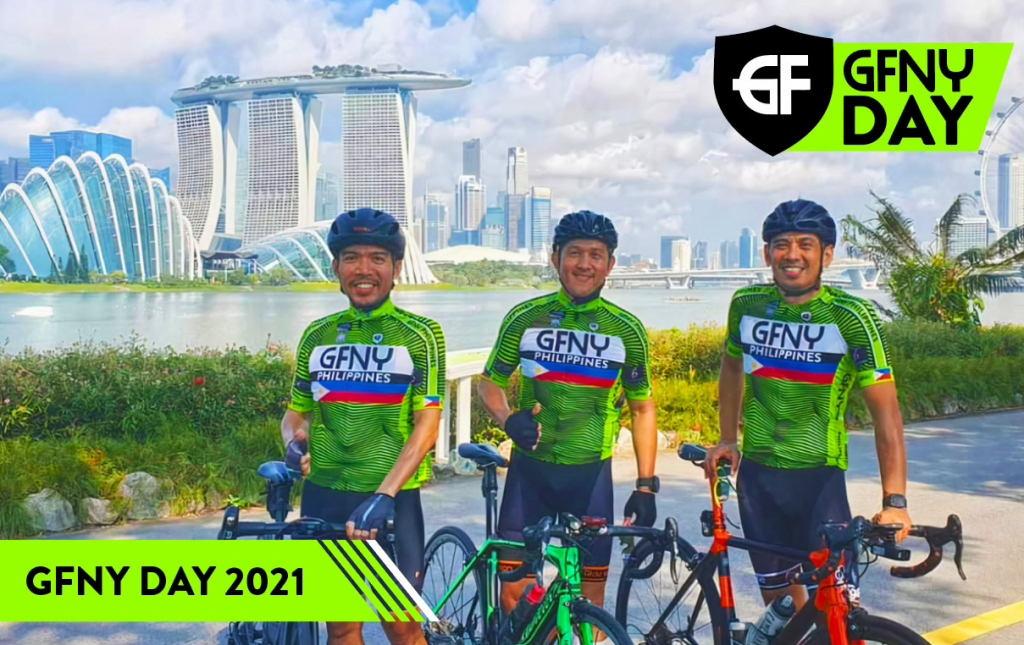GFNY Santa Fe
The GFNY Santa Fe adventure begins in the capital city of the state of New Mexico – or as the citizens of New Mexico call it, “The Land of Enchantment”. Certainly the citizens have plenty to boast about, in seeing it’s amazing views, top-tier art galleries, and famous cuisine. But for anyone that wants to “Be a Pro for a Day” and race GFNY Santa Fe, the enchantment will start with an amazing day on the bike.
The spectacular and diverse terrain of the American Southwest will be the backdrop for riders that choose to ride the long course ending at the summit of Ski Santa Fe, just outside of downtown Santa Fe, but at over 1,200 vertical meters above the center of the city.
The parcours of GFNY Santa Fe will feature a length of 122 kilometers (75 miles) with 2166 meters ( more than 7000 feet) to test even the best climbers and all-rounders. Put simply, the long course for GFNY has something for everyone. Fast descents, challenging climbs, and fast pack riding to start the day and get riders warmed up for the challenges that lay ahead.
So, let’s take a look at what awaits riders in the Land of Enchantment.
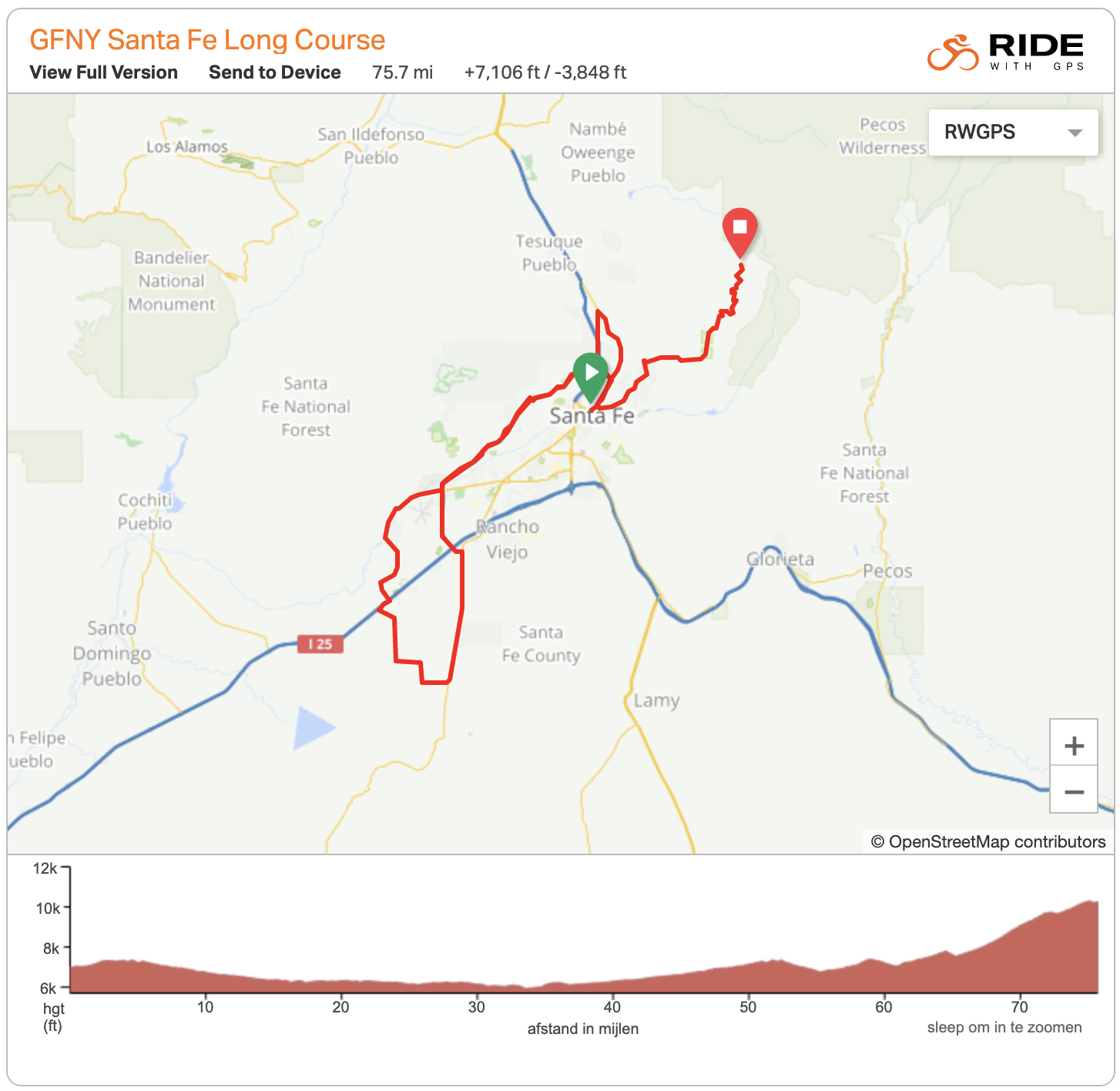
The Start
The departure from downtown Santa Fe will be fast and furious, as riders look for a place up front and face the first small selection to establish their place in the pack. With a 5-6 kilometer section that will kick up slightly with a 5% hill that will be a wake-up call for the entire peloton as they make their way out of the city. WIth this in mind, riders should try to arrive at the starting corral warmed up and ready to go, and get safely to the corral as close to the corral closure time as possible. A good warm up might consist of some small sprints or a slightly longer zone two ride to the start. Riders should make that plan ahead of time to ensure that they time their arrival to the corral correctly. Be on time, but don’t be too early. Riders can consult GFNY Coaching (https://coaching.gfny.com) for some great ideas on how to do a solid warmup.
Riders will want to do their best to not get dropped in that first five to six kilometers given what awaits. Groups will form, and the front will be well established as riders begin a long descent followed by a fast and flat stretch that will take the riders out to the more mountainous and more challenging areas of the course. Staying with a group may mean burning a match on the initial climb out of town, but riders will have ample opportunity to recover in the ensuing stretch of road. Staying on a wheel here or staying with a group is critical to being able to maintain energy levels to the big climb, that will come in the final 25 kilometers (14 miles) of the race. Riders will have the best results in finding a group riding at their pace, sharing the work, and keeping their momentum as riders approach this very fast section of the race.
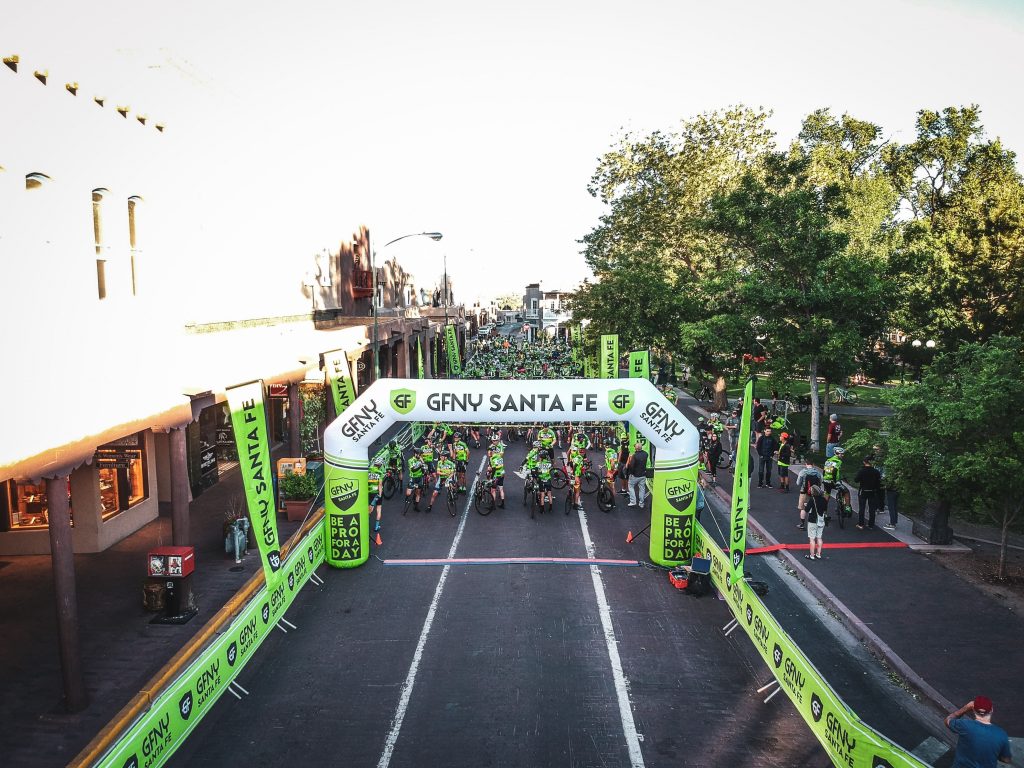
Fast and Furious – Descent and Flat Section
The descent from the first selection is not steep or technical, and so that will allow riders to gain momentum, find a group, and recover a little on the way to the mountains. There will be a large and fast group, so staying out of the wind should be easy. Riders should stay on wheels, and take time to replenish their fuel and stay topped up. Solid food like bars, or fruit is recommended to stay fuelled for what is ahead. Riders should stay in those packs as long as possible as the wind will now be the enemy on the 15 kilometer descent on a wide open road.
Following the descent, the 35 kilometer flat section (with some rolling hills of course), riders should still continue to stay in a group that is matching their pace. Staying out of the wind and conserving energy, while taking advantage of the speed of the group will yield best results and deliver riders to the more challenging parts of the course fresh and fueled. By staying in groups, riders will have 35 “free” kilometers to make a difference in their race time. It’s important not to waste any energy, even if riders are trying to win the overall race. Ski Santa Fe is waiting, and it will require as much energy as every rider can give it.
Back to Santa Fe
Thirty kilometers in, riders will have crossed frontage road and will be treated to some breathtaking mountain scenery as they work their way toward the town of La Cienaga. Staying with a group will be important here as this is part of the flat and rolling terrain that will allow riders to conserve energy while staying with a group. Going it alone here will definitely cost riders later in the race, as this long and winding stretch, while not difficult terrain, will require riders to keep pedaling, and at times do so against the wind.
One of the most mentally challenging parts of the course will present itself to the riders as they cross the Santa Fe river, and begin the trip back to the town of Tesuque, toward the Ski Santa Fe climb. After crossing the river, a steady grade – potentially into the wind – will challenge riders to maintain their focus on some hard work. Once again, the ability to stay with a group will prove beneficial as the steady but gentle incline, the headwinds, and the straight road will require a constant output of energy. Staying topped up, fed, and hydrated will be important to make sure riders are fresh as they approach the small rolling kickers between Tesuque and the beginning of the Ski Santa Fe climb.
Just before Ski Santa Fe, some quick-hit hills will allow riders to “check their legs” and get ready for the big climb. Riders should pace themselves and not burn any matches to get over these small hills. After a quick descent, the big left turn will take riders on the 23 kilometer (14 miles) climb to the summit of Ski Santa Fe.
Almost 100 kilometers into the course, riders should be on the lookout for that big left turn. Medium course riders will finish here, but the climb awaits for all that have committed to the long course.
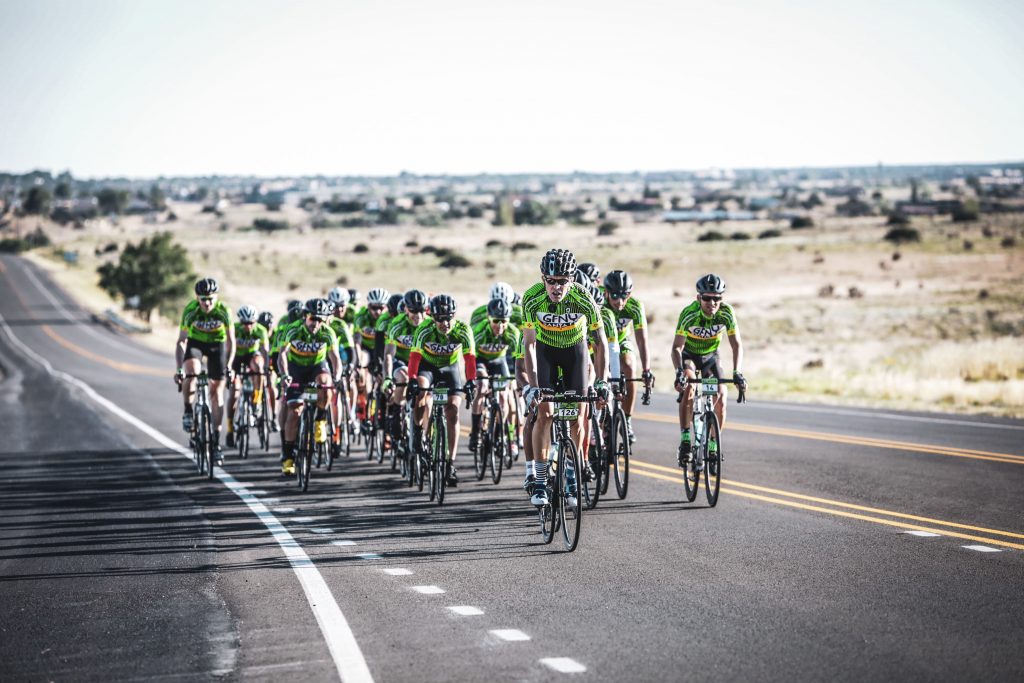
Ski Santa Fe Climb
The final obstacle to conquer on GFNY Santa Fe will be the 23 kilometer climb, from 2,100 meters up to 3,150 meters. (That’s roughly 7,000 feet to 10,500 feet). It will be important for riders to take this climb at their own pace The climb can be deceptive with a 3.9% average grade over the entire duration. But riders should not be fooled. The altitude and the gradients will take their toll. The early stages of the climb up to the 10,000 Waves Spa, are somewhat gentle but still challenging. There is even a downhill to lull riders into a false sense of momentum before approaching the climb to Hyde Park. Upon reaching Hyde Park, riders will begin to climb what the locals refer to as “The Wall”. Riders can count on 5 kilometers (just over 3 miles) of 7-10% gradients to challenge their will to finish. With an aid station located within this section, riders should top up and fill bottles for the final push up to the finish line at the summit.
The gradients start to ramp down into the 5% range, as riders will pass the Rangers Station, and several park areas. This is where the beauty and majesty of the Santa Fe area will start to come into full view as riders will be able to see for miles in true “big sky” fashion. With breathtaking views and beautiful winding roads to guide riders to the top, the finish line at the summit will allow riders to congratulate themselves and refuel before the un-timed ride down the climb back to the GFNY finish festival and pasta party in the center of Santa Fe.
Alternatively, riders can wait for a bus to take them and their bikes down the climb. For those riding down, the opportunity to send a vest or jacket to the top will be available at the start of the race. Those riders who have sent a jacket up will be able to retrieve it for what could be a chilly 14 mile descent back to Santa Fe.
When descending the climb, riders should pay attention to stay to the right, and avoid other riders who may still be climbing. Remember to respect all of our riders and officials before, during and after GFNY events.
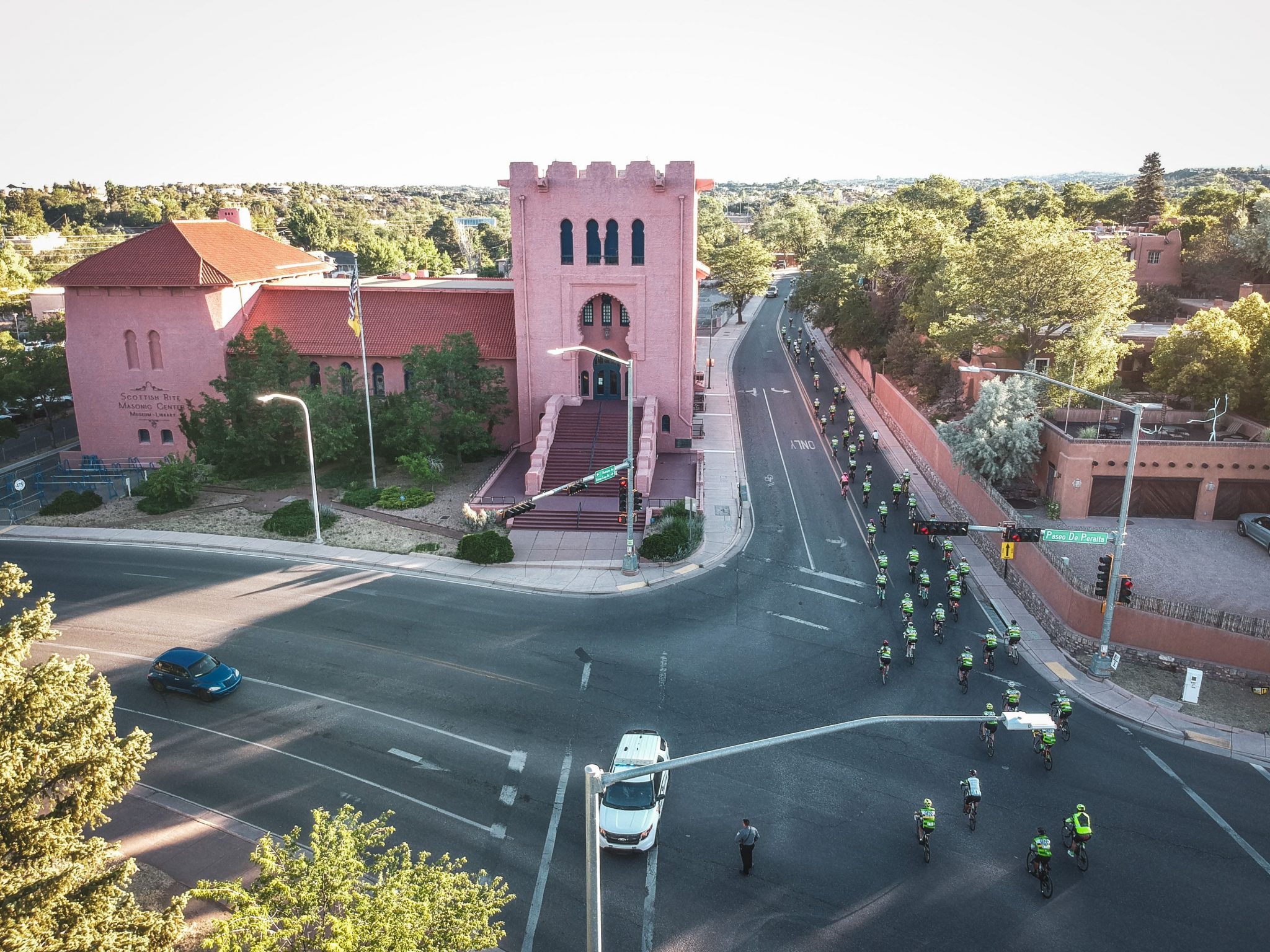
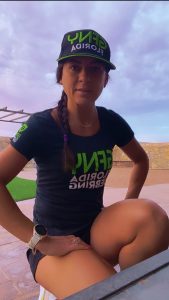 “My training for the marathon is doing good, since I had to do my previous training for Guachochi ultra-marathon 39 miles on the Sierra of Chihuahua with more than 7500ft elevation and on race getting 2900 ft elevation. It was a very challenging race, so part of my training was a pre-marathon training for GFNY Florida Sebring Marathon. Since the race was last week, I now have a recovery week with more cycling to move my legs, stretching and pampering of my body. Next week I keep my cycling training for GFNY Santa Fe and alternate some long runs on Sundays for 7-10 miles, to keep again getting back to marathon training. The idea from here to September is to keep doing 2 running workouts and one long run during the week.
“My training for the marathon is doing good, since I had to do my previous training for Guachochi ultra-marathon 39 miles on the Sierra of Chihuahua with more than 7500ft elevation and on race getting 2900 ft elevation. It was a very challenging race, so part of my training was a pre-marathon training for GFNY Florida Sebring Marathon. Since the race was last week, I now have a recovery week with more cycling to move my legs, stretching and pampering of my body. Next week I keep my cycling training for GFNY Santa Fe and alternate some long runs on Sundays for 7-10 miles, to keep again getting back to marathon training. The idea from here to September is to keep doing 2 running workouts and one long run during the week. 




